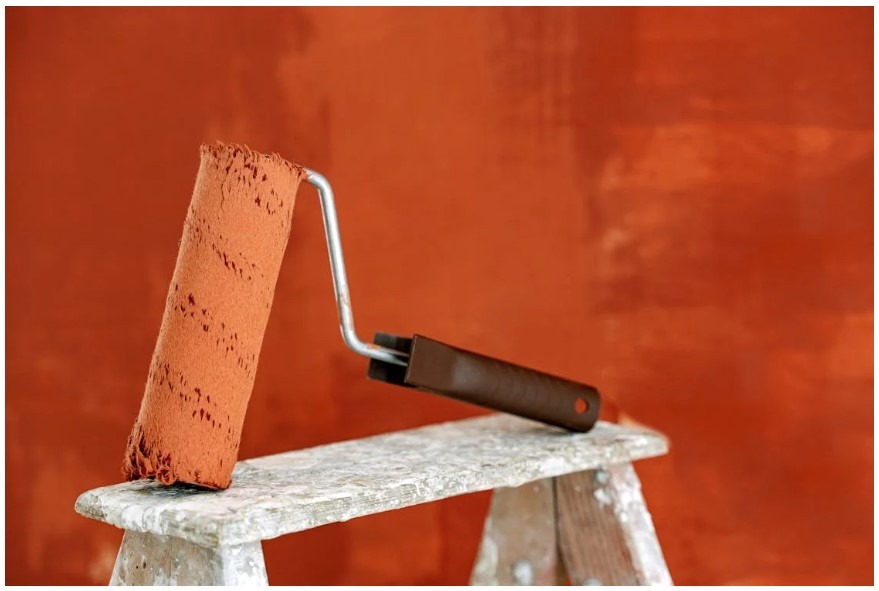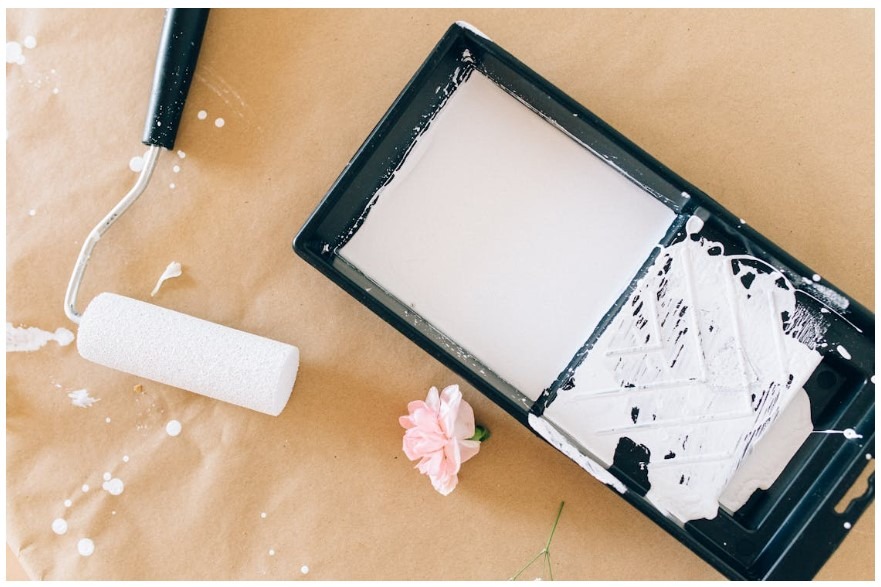Painting the interior of your house can transform your living space and give it a fresh, new look. However, achieving a professional finish requires some preparation and knowledge. In this article, we’ll share practical tips to help you with your interior house painting project.
The Advantages of Interior House Painting
Interior house painting offers several benefits that can enhance your living space and improve your home’s overall appeal. Here are some key advantages:
- Improves Aesthetic Appeal: Fresh paint can transform the look of any room, making it more attractive and inviting. You can choose colors that reflect your personal style and create the desired mood.
- Increases Home Value: A well-painted interior can increase your home’s market value. It gives the impression that the property is well-maintained and up-to-date.
- Protects Walls: Painting your walls adds a layer of protection against moisture, dust, and dirt. This helps to keep your walls in good condition and prolong their lifespan.
- Enhances Air Quality: Using low-VOC or zero-VOC paints can improve indoor air quality by reducing the number of harmful chemicals released into the air. This creates a healthier environment for you and your family.
- Hides Imperfections: Paint can cover up minor imperfections, such as small cracks and stains, giving your walls a smooth and clean appearance.
- Boosts Mood and Energy: Certain colors can influence mood and energy levels. Bright colors can make you feel more energetic, while soft colors can create a calming atmosphere.
- Easy to Update: One of the easiest and most cost-effective ways to update your home’s interior is by changing the paint color. This allows you to refresh the look of your rooms quickly without major renovations.
Interior House Painting Tips to Use
Painting the interior of your house can be a rewarding project, but it requires careful planning and execution. Here are some tips to help you achieve a professional finish:
1. Prepare the Room
Clear the room of furniture and cover the floors with drop cloths. Remove or tape off fixtures and switch plates. This will protect your belongings and make it easier to move around while painting.
2. Clean the Walls
Dirt, dust, and grease can prevent paint from adhering properly. Clean the walls with a mild detergent solution and let them dry completely. This ensures a smooth and even finish.
3. Repair Imperfections
Fill any holes or cracks with spackling compound and sand them smooth. Repairing imperfections before painting will result in a cleaner, more polished look.
4. Use Primer
Applying a primer helps the paint adhere better and provides a uniform base, especially if you’re painting over a dark color or new drywall. This step is essential for a lasting finish.
5. Choose the Right Paint
Select high-quality paint that suits the room’s use. For example, choose washable paint for high-traffic areas like kitchens and bathrooms. Quality paint often results in better coverage and durability.
6. Use Quality Tools
Invest in good brushes and rollers. High-quality tools make the job easier and help achieve a smoother, more professional finish. Cheap tools can leave streaks and shed bristles.
7. Apply Even Coats
Apply the paint in thin and even coats. Allow each coat to dry completely before applying the next one. This helps to avoid drips and ensures a more consistent color.
8. Maintain a Wet Edge
Keep a wet edge while painting to prevent lap marks. This means overlapping the previous stroke before it dries. It helps create a seamless finish.
9. Ventilate the Room
Ensure proper ventilation while painting. Open windows and use fans to help the paint dry faster and to reduce fumes. This makes the environment safer and more comfortable to work in.
10. Clean Up Promptly
Clean brushes, rollers, and other tools immediately after use. Properly sealed paint cans and clean tools can be reused for future projects, saving you money and time.
Hiring a Painting Contractor for Interior Painting
Hiring a painting contractor for interior painting can offer many advantages over doing it yourself. Here are some reasons why you might consider bringing in professionals:
- Expertise and Experience: Contractors have the skills and knowledge to deliver high-quality results. They know the best techniques and materials for each job.
- Time Savings: Professionals can complete the job much faster than a DIY effort. This allows you to enjoy your newly painted space sooner and frees up your time for other activities.
- Proper Preparation: Contractors take care of all the prep work, including cleaning, sanding, and priming. This ensures a smooth and durable finish.
- Quality Tools and Materials: Professionals use high-quality brushes, rollers, and paints. This helps achieve a better finish and longer-lasting results.
- Safety: Painting often involves working at heights and handling chemicals. Contractors are trained to work safely and have the necessary equipment to prevent accidents.
- Less Stress: Hiring a contractor means you don’t have to worry about the details. They handle everything from preparation to clean-up, making the process stress-free for you.
- Warranty and Insurance: Many contractors are insured and offer warranties on their work. This provides peace of mind in case any issues arise after the job is done.
- Professional Finish: Contractors can achieve a level of finish that is hard to match with DIY efforts. This enhances the overall appearance and value of your home.
Conclusion
Using the right tips for interior house painting can make a big difference in the outcome of your project. Whether you’re a DIY enthusiast or prefer to hire professionals, the tips above will help you achieve great results. For expert painting services, contact Custom Painting, Inc. Call us at 925-294-8062 or fill out our contact form for more details.



